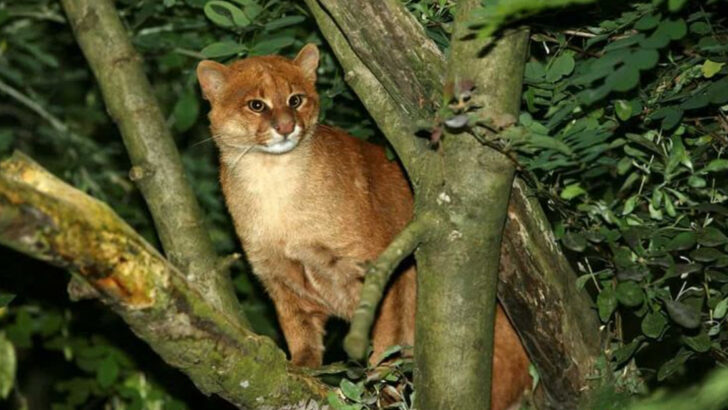The Amazon has a ruler—and it walks on four paws.
Forget the crown. This king has claws, teeth, and a silent stalk that sends shivers down the jungle’s spine.
Big cats don’t just live in the Amazon.
They shape it.
Every monkey’s leap, every bird’s call, every rustle in the underbrush…
It all shifts when a jaguar is near.
These predators are more than hunters.
They’re architects of fear, balance, and survival.
Take one step into their domain, and you’ll see it—
Eyes watching, life rearranging, the rhythm of the forest ticking to a wild, primal beat.
This isn’t just about big cats.
It’s about what happens when top predators call the shots.
Let’s follow the paw prints and see how these feline giants keep the world’s greatest jungle in check.
Jaguars: The Stealthy Predators
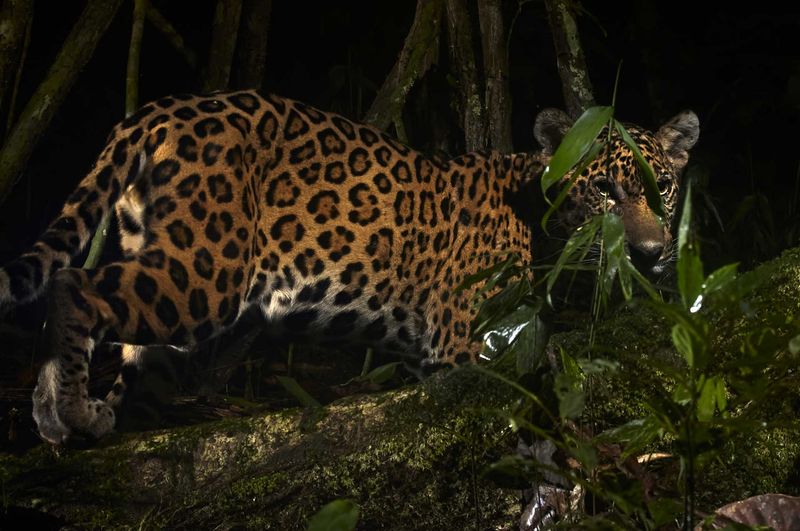
With its powerful build and keen senses, the jaguar reigns as the top predator in the Amazon. Its hunting prowess maintains the delicate balance among prey species. Picture a jaguar silently stalking through the lush undergrowth, its rosette-patterned coat blending seamlessly with the forest shadows.
This majestic cat is a master of surprise, often hunting near rivers where it can catch caimans and capybaras. By regulating prey populations, jaguars ensure that no single species dominates and disrupts the ecosystem, allowing a diverse array of life to flourish.
Pumas: The Versatile Hunters

Adaptable and elusive, pumas thrive in various habitats within the Amazon. Their ability to hunt a wide range of prey—from small rodents to larger deer—demonstrates their ecological importance. Imagine a puma, with its sleek form, moving effortlessly through the underbrush, its amber eyes scanning for movement.
Unlike jaguars, pumas are solitary wanderers, covering vast territories in search of food. This behavior helps prevent overpopulation of any single prey species, further contributing to ecological equilibrium. Their presence in the Amazon represents the delicate interplay between predator and prey.
Ocelots: The Nocturnal Beauties
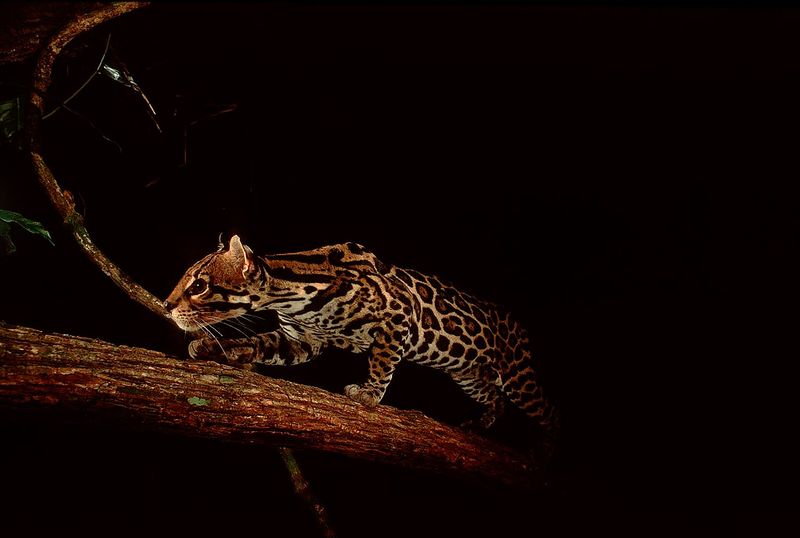
Ocelots are the rainforest’s silent night hunters, with a beauty that is as captivating as it is functional. Their distinctive coats provide perfect camouflage, allowing them to move unseen through the jungle.
These cats primarily hunt at night, targeting small mammals and birds, which helps control the populations of these creatures. Their nocturnal habits ensure they occupy a different niche than the larger cats, reducing competition for food resources. In their mysterious, nocturnal world, ocelots weave a vital thread in the Amazon’s ecological tapestry.
Margays: The Arboreal Acrobats
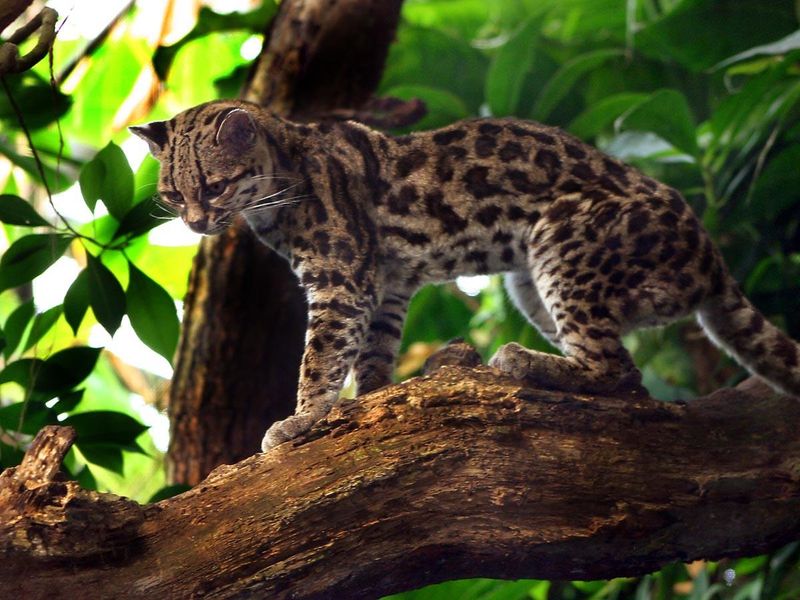
Margays are extraordinary climbers, spending much of their lives in the trees of the Amazon. Their ability to navigate the canopy allows them to hunt and escape predators with remarkable agility.
Picture a margay leaping gracefully from branch to branch, its tail aiding in balance. This arboreal lifestyle enables them to catch birds and small mammals that few other predators can reach. By thriving in the treetops, margays play a unique role in controlling arboreal prey populations, showcasing the diversity of ecological niches within the rainforest.
Jaguarundis: The Elusive Weasels
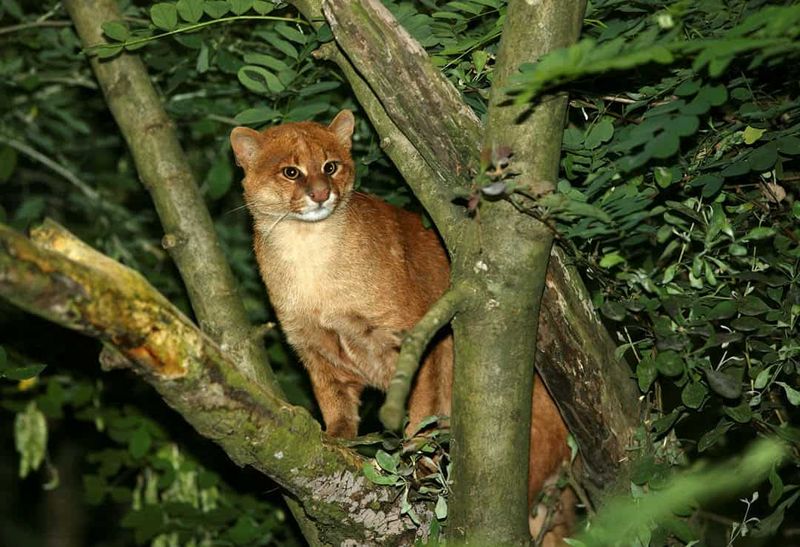
Jaguarundis are unique, with their slender bodies and weasel-like appearance. These cats are adept at hunting both on the ground and in the trees, showcasing their versatile hunting strategies.
Imagine spotting a jaguarundi as it darts through the dense underbrush, its reddish coat a flash against the greenery. They often hunt during the day, preying on birds, reptiles, and small mammals. Their diverse diet helps balance different species’ populations, contributing to the ecosystem’s overall health and stability.
Cultural Icons: Big Cats in Indigenous Lore
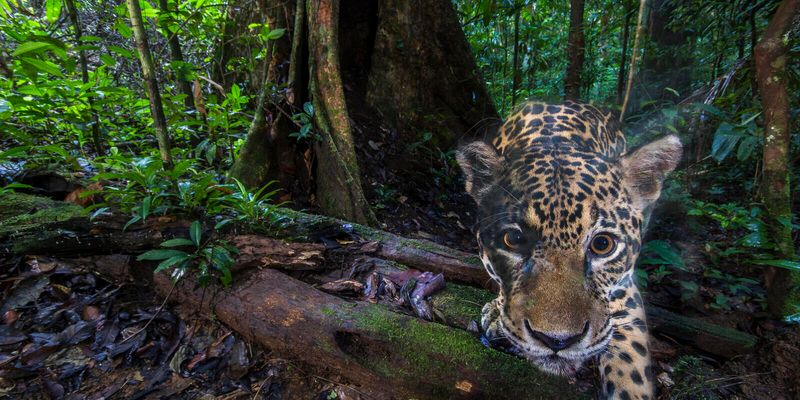
Big cats hold significant cultural symbolism for Amazonian indigenous communities. They are often seen as powerful spirits or totems, embodying strength and resilience.
Envision a storyteller by the fire, recounting tales of jaguars and their legendary prowess. These stories, passed down through generations, reflect the deep respect and connection these communities have with big cats. They inspire conservation efforts and remind us of the intrinsic link between culture and nature, where preserving big cats also means safeguarding their cultural heritage.
Conservation Efforts: Protecting the Predators
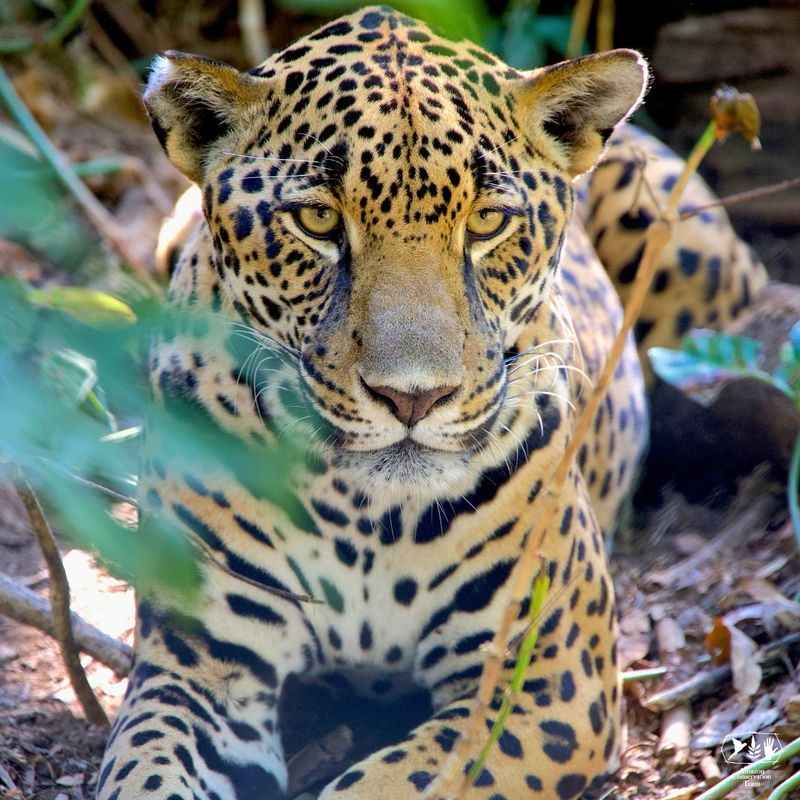
The survival of big cats in the Amazon hinges on dedicated conservation efforts. By preserving their habitat, we ensure these magnificent predators continue to thrive.
Picture a committed team of conservationists installing camera traps deep within the forest, capturing images that reveal the secretive lives of these cats. Their work not only protects big cats but also highlights the importance of biodiversity. Supporting these initiatives means sustaining the Amazon’s ecological balance, where each species, big cats included, plays an indispensable role.

